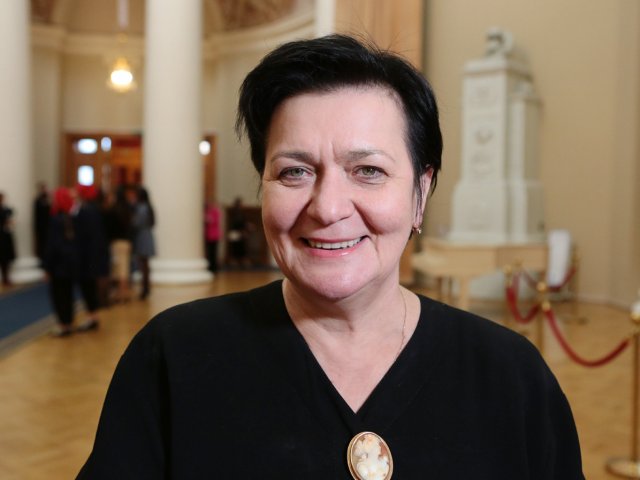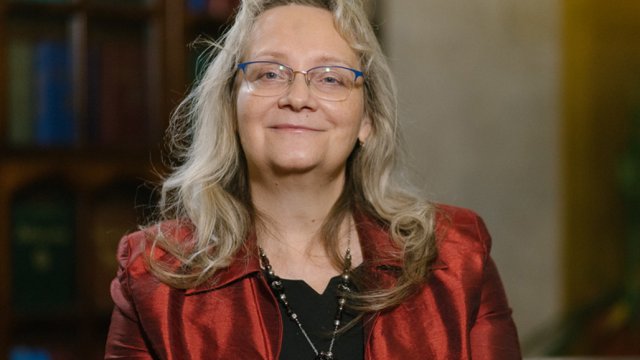Official:
Image name Alois Alzheimer. June 14, 1864 – December 19, 1915. German psychiatrist and neurologist. A generic name for senile dementia.
Life and Work:
1. The German, who – according to the joke – drives grandmas crazy – bears the name Alois Alzheimer.
2. Doctors are well aware of Alzheimer’s six-volume work Histologic and Histopathologic Studies of the Cerebral Cortex. And everyone, including the grandma from the joke, knows about the existence of the disease that bears his name.
3. Alois Alzheimer was born in a small town of Marktbreit in Bavaria, where his father worked as a notary.
4. Alzheimer received his medical education in Würzburg, Tübingin, and Berlin, and throughout his life he studied diseases of the brain and nervous system: alcoholic psychosis, schizophrenia, epilepsy, cerebral syphilis, and other severe diseases with unappetizing names.
5. Alzheimer’s medical career started in Frankfurt am Main, where he worked his way up from a resident doctor in a psychiatric clinic to the chief physician.
6. In Frankfurt am Main, Alzheimer met the neurologist and psychiatrist Franz Nissl, and this encounter left its mark in science: together, the scientists conducted histological studies of the cerebral cortex and studied nervous system pathologies. The both scientists’ names are immortalized in the name of a form of neurosyphilis.
7. In 1894, a colleague asked Alzheimer to come to Algeria and examine his patient, Otto Heisenheimer. The patient was suffering from a cerebral disease, and Alzheimer did not save him. But he fell in love with the widow and returned with her to Frankfurt. The marriage produced three children, but it did not last long: Cecilia died in 1901.
8. To cope with the grief, Alzheimer plunged into work. In that fateful year, he met the patient who immortalized his name.
9. Augusta D., as Alzheimer called her in his lecture in front of his colleagues – her full name was Augusta Deter – was hospitalized after she stopped performing simple household chores and started to hide things. Augusta told the doctor that she was eating spinach and potatoes, while actually she was chewing pork and cauliflower. And although the connection between old age and weakening of the mind was noted as early as in Ancient Greece and Rome, Augusta’s case entered history together with the doctor’s name.
10. In 1902, the famous German psychiatrist Emil Kraepelin, Alzheimer’s long-time acquaintance and more or less his mentor, invited the doctor to work with him in Heidelberg at the university psychiatric clinic. A year later, Kraepelin was invited to Munich, and Alzheimer followed him.
11. For the first time, Azlheimer described Augusta D’s disease during a public lecture in 1906, and it brought him worldwide fame. Emil Kraepelin was the first to call this illness Alzheimer’s disease, and the name stuck.
12. In 1908, Alois Alzheimer became a professor at Ludwig Maximilian University of Munich. There is an account of his work as a teacher, “Alzheimer, with his big head, bent over a microscope, pince-nez hung around his neck on a string, and he always smoked a cigar, which he lowered whenever it was necessary to comment or explain something to a student.” They say that at the end of the day, a cigar butt could be found on every student’s bench.
13. In 1912, Alois Alzheimer was invited to become a professor at Friedrich-Wilhelm University in Breslau. When going to his new job by train, Alzheimer fell very ill. The infection caused a complication, and in 1915, Alzheimer died of heart failure.
14. In 2006, exactly 100 years after the first lecture on Alzheimer’s disease, depressing figures were announced: at that time, 26.6 million people in the world suffered from senile dementia of the Alzheimer’s type, an alternative name of Alzheimer’s disease.





















